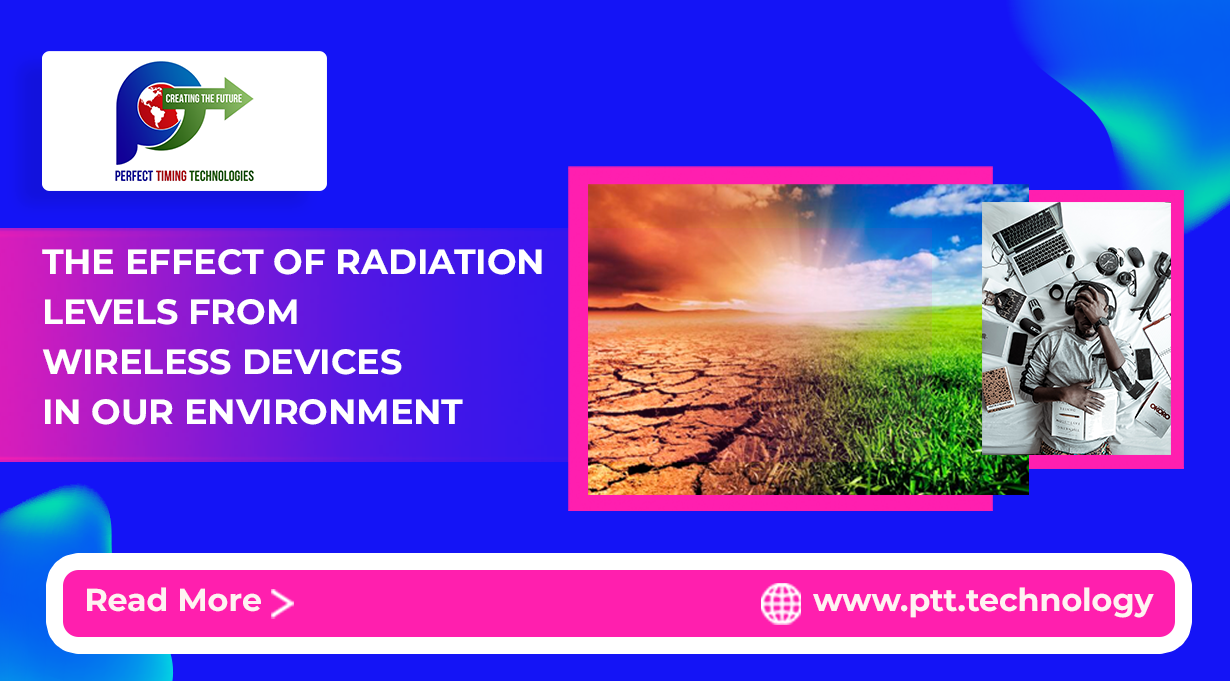
Should we be concerned about the radiation levels emitted by wireless devices in our environment? An electrical engineer provides insight into whether we should be worried about the amount of radiation emitted by wireless devices around us.
It is challenging to answer this question because insufficient conclusive evidence supports either side. However, it is crucial to note that mainstream science, the FCC, and numerous countries have confirmed that Electromagnetic Radiation (E&M) is safe as long as it stays within specific power and energy levels. In addition, it is essential to note that electronic devices must undergo Radio Frequency Interference (RFI) testing and meet the E&M Radiation leakage Threshold. However, there are potential short-term and long-term effects associated with exposure to E&M radiation, and the cause of long-term exposure remains unknown.
Concerns often arise when dealing with high voltages, powerful currents and frequencies. Whenever charged particles are accelerated, electromagnetic radiation is emitted. This can occur even in something as basic as the current flow through a wire. As a result, the strength of the field increases with a higher power, leading to greater perceived risk.
There’s no evidence that long-term exposure to RF radiation causes cancer. Electrical transmission lines outside your home may seem concerning, but they operate at a low frequency and are generally safe. So despite believing they may cause health problems, no conclusive proof supports this claim.
Our means of communication depend on specific frequencies the FCC assigns for various technologies such as cell phones, police radios, ham radios, and WIFI. These frequencies manifest as waves constantly present around us, creating an invisible “radiation soup.”
If humans could see higher frequencies, it would be a scary world. However, the radiation exposure that humanity has experienced in the last 100 years is entirely artificial, and we are still determining the long-term effects. Additionally, radiation from celestial sources can be deadly, but our atmosphere perfectly reflects or absorbs it, making it safe to live here. A decade ago, there was a concern that cell phone use could cause brain tumours, but this theory has been disproved due to a lack of correlation.
WiFi signals are everywhere these days, with around 30+ options available on most devices at home. Weak signals aren’t a concern, but cell towers that require more power to transmit signals over long distances can pose harm. In urban settings, some offices have a sign warning of high RF exposure levels on the roof. This is often due to cell phone towers, which are common in urban areas. The field strength of these radiation towers decreases with distance. There is an example of a man who was an RF engineer who had to work on the antenna for an extended period, always at high power. Unfortunately, he later developed cancer and personally believed that it was directly linked to his work, given that he was only in his mid-40s. Certain industrial wireless routers used in workplaces may encounter a similar issue where signal strength improves with proximity, despite not being regulated by the FCC, like the example above. However, it is a well-known fact that signal strength weakens as distance increases.
While cell phone use may not be a significant cause for concern, it is advisable to avoid being near cell towers and industrial broadcast antennas as they tend to emit high levels of radiation, as per the FCC’s guidelines. Unfortunately, there isn’t much that can be done about the WLAN radiation. Unfortunately, it’s a reality we all have to deal with. However, consider relocating your router further away, such as in the living room, to minimize exposure in your home.
It’s essential to recognize that we’re constantly exposed to different forms of radiation, including cosmic rays and artificial sources. As you’re reading this, you’re likely encountering cosmic ray particles. Our survival as a species has been largely dependent on the protective shield of our atmosphere, and we may have developed more excellent resistance to radiation if natural selection had played a more significant role in our evolution.
It’s important to note that as altitude increases, so does the amount of harmful blue radiation that bombards you. Unfortunately, the media rarely discusses the potential long-term effects of this radiation on flight attendants and pilots, including an increased risk of cancer. A quick search on Google can provide more information on this topic. While space travel may seem glamorous, it’s pretty dangerous. Without an atmosphere to shield us, cosmic rays pose a severe threat. Scientists are working to develop spaceships that can protect travellers from these dangers, but it’s a difficult task. Many of these risks were not a concern just a century ago, so we still have much to learn and overcome.







